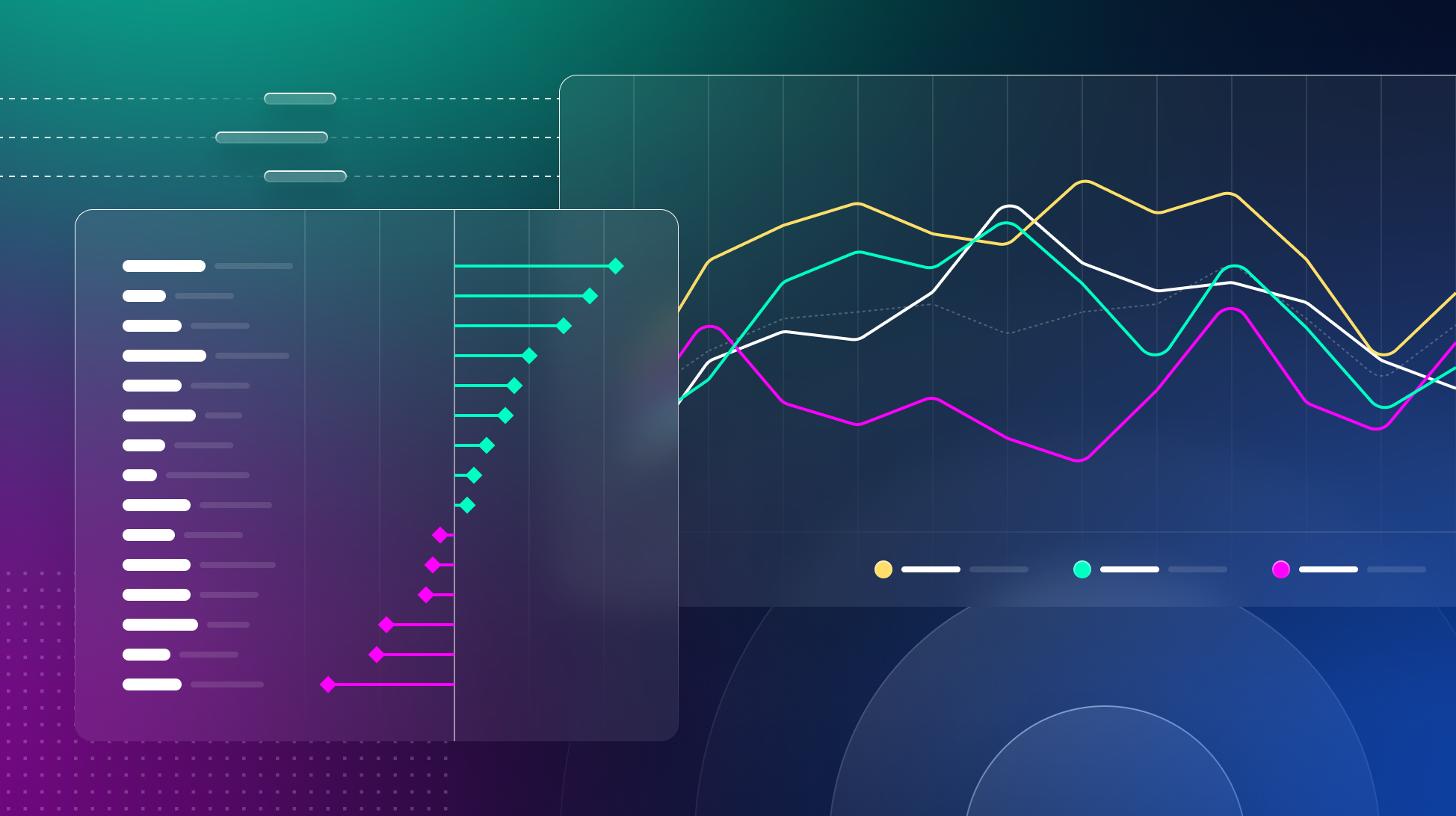
10 Essential Accessibility Tools for Designers
Explore the top 10 essential tools for creating accessible designs. Learn how these tools can help make your designs inclusive and compliant with accessibility standards.
Creating accessible designs is not just an added benefit but a necessity. To help you plan, implement, and test your designs for accessibility, we've compiled the top 10 essential accessibility tools that designers can use to make their designs more inclusive. These tools range from guidelines and checklists to plugins and suites, aiming to make the digital world a more accessible space for everyone.
Top design accessibility tools
Web Content Accessibility Guidelines (WCAG)
The WCAG is an indispensable tool not just for web content developers, but also for web authoring tool developers, and web accessibility evaluation tool developers. Developed by the World Wide Web Consortium (W3C), the WCAG is the gold standard for web content accessibility. It's a universally recognized shared standard for web content accessibility that caters to the needs of individuals, organizations, and governments worldwide.
A11y Project Checklist
This comprehensive checklist is a practical tool to ensure your web content is accessible to everyone. It offers a step-by-step guide to covering all bases when it comes to accessibility, from text and image alternatives to navigation and form labels. The A11y Project Checklist is the roadmap to creating inclusive designs.
WAVE
WAVE is a suite of evaluation tools designed to help authors make their web content more accessible to individuals with disabilities. It's capable of identifying numerous accessibility and WCAG errors and, more importantly, facilitates human evaluation of web content. WAVE is a powerful ally in your quest to create accessible designs.
Who Can Use
Who Can Use is an innovative tool that assists web and graphic designers in understanding how different color combinations and contrasts affect people with different visual impairments. It helps in creating designs that are inclusive for everyone by providing a simulation of how your design will appear to people with various vision types.
Clrs.cc
Clrs.cc is an online library that serves as a repository of inspiring color combinations for creating accessible user interfaces for color-blind or visually challenged individuals. It offers a total of 90 color combinations, each with their contrast values and AA or AAA values. It's a treasure trove of inspiration for any designer.
Figma Plugins
A11y Focus Order
This is a Figma plugin created by Microsoft that enables designers to annotate their designs to indicate where and in what order the browser should change the focus to. This is particularly useful for input types that aren’t cursor-based, like swipe-to-focus capabilities on Android and iOS, and keyboard navigation on a computer.
A11y – Color Contrast Checker
Another popular Figma plugin, the A11y Color Contrast Checker, ensures your text is readable by adhering to WCAG. It also allows you to check the contrast ratio of your entire Figma artboard, providing a valuable preview of how your design will appear on your website or app.
Axe for Designers
Axe for Designers is a Figma accessibility plugin supported by AI/ML, developed by Deque. It provides features like A11y Scan, WCAG Color Contrast Checker, Focus Order, Annotations, and more, allowing designers to quickly identify and address accessibility issues even in the middle of a project. The plugin allows effective communication of design intent to developers through annotations, offers real-time suggestions for design improvements for color contrast and text readability, and ensures designs adhere to AA or AAA requirements. It also helps in confirming the user-friendliness of touch targets and checks for appropriate heading hierarchies. All these features come along with a dashboard for saving and sharing reports seamlessly. And most importantly, it's free!
Stark
Stark is a comprehensive suite of integrated tools that allows designers to design and build products that are accessible, ethical, and inclusive. The array of tools includes a Rapid Contrast Checker, Smart Color Suggestions, a Colorblind Simulator, and a Contrast Grid. Stark is available as a plugin for popular design tools such as Sketch, Adobe XD, and Figma, as well as a Chrome extension. It's a favorite among many designers committed to accessibility.
Contrast
Contrast is an intuitive plugin that simplifies the task of checking color contrast ratios during the design process. By selecting a layer, Contrast swiftly identifies the color directly behind the selection, providing the contrast ratio and indicating whether it passes or fails according to the Web Content Accessibility Guidelines (WCAG). If it's unable to determine the background color, adding another layer to the selection allows Contrast to compare both layers.
Noteworthy features include automatic detection of the color behind selected elements, the ability to scan entire pages or specific selections to identify text-layer color issues, and live updates as colors, opacity, or blends change. It also includes Smart Sampling, allowing Contrast to compare an element’s color with the colors it finds in gradients and images in the background.
Each of these tools plays a crucial role in creating designs that are not just visually appealing but also accessible to all, regardless of their abilities or disabilities. Incorporating these tools into your design process will go a long way in creating a more inclusive digital world. Consider a design system platform that can change the way you manage your design data. With Supernova, you can efficiently handle tokens and component management, enhancing your design process's accessibility aspect.



